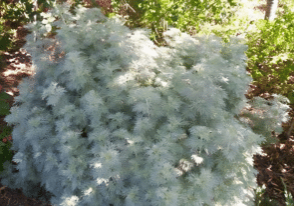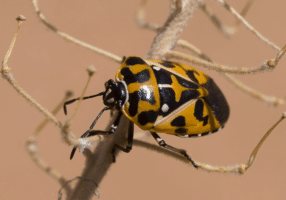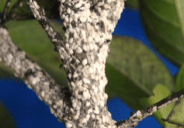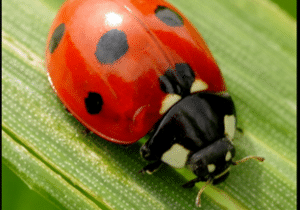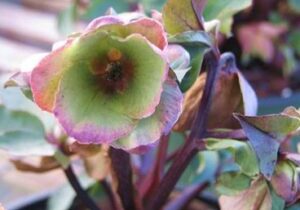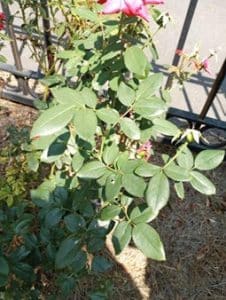By Steve Pulliam

Steve Pulliam
Earned his MA and BS degrees from Columbia International University. He is the President of IntegrityWorks, LLC and HomeScape Carolina
Rosette Disease
Rose Rosette Disease (RRD) has become a growing concern for rose enthusiasts across the country – the Midlands of South Carolina is no exception. And while there are some rose types that are more resistant than others, I am not aware of any that are immune to this devastating disease.
RRD is a viral disease transmitted exclusively to roses by infected mites (eriophyid mite). And while there is no known cure, the disease will slowly over the course of a few years bring the plant to a very early demise. To make matters worse, because the mites move so readily from plant to plant the disease can rapidly spread to infect neighboring rose bushes.
Invisible to the naked eye, these tiny mites are spread by animals, clothing, contaminated pruning tools, and leaf blowers. In fact, the mites are so small that they can easily be transported by the wind! As the mites feed on the plant tissue, the virus is transmitted into the vascular system of the plant.
To prevent the disease from spreading to other roses - particularly your neighbor’s roses and the entire neighborhood - it is best to remove the entire plant (including the roots where the virus resides) and destroy the infected plant as soon as it is confirmed that the bush is infected.
How to identify the disease
Some of the most distinct symptoms of RRD is the development of excessive thorns, (a phenomenon known as "witch's broom”) and the profusion of abnormally stunted and contorted leaves and stems that remain reddish purple in color. This reddening of the leaves gives rise to the disease's name. Over time, the infected rose plants become weak and more stunted, with more and more distorted blooms.
Although no cure currently exists, early detection and proactive management can help prevent the spread of this devastating disease.
Below is a more comprehensive listing of symptoms to look for:
Stem bunching or clustering, ‘witches’ broom appearance
Elongated and/or thickened canes.
Under-developed bright red leaves
Excessive thorniness, small red or brown colored thorns
Distorted or aborted blooms
Perhaps some distorted canes
Dead or dying canes, yellow or brown foliage.
(See photos below)
The following two pictures show the difference between normal growth on a rose bush
(picture on right) vs an infected bush (picture on left)

